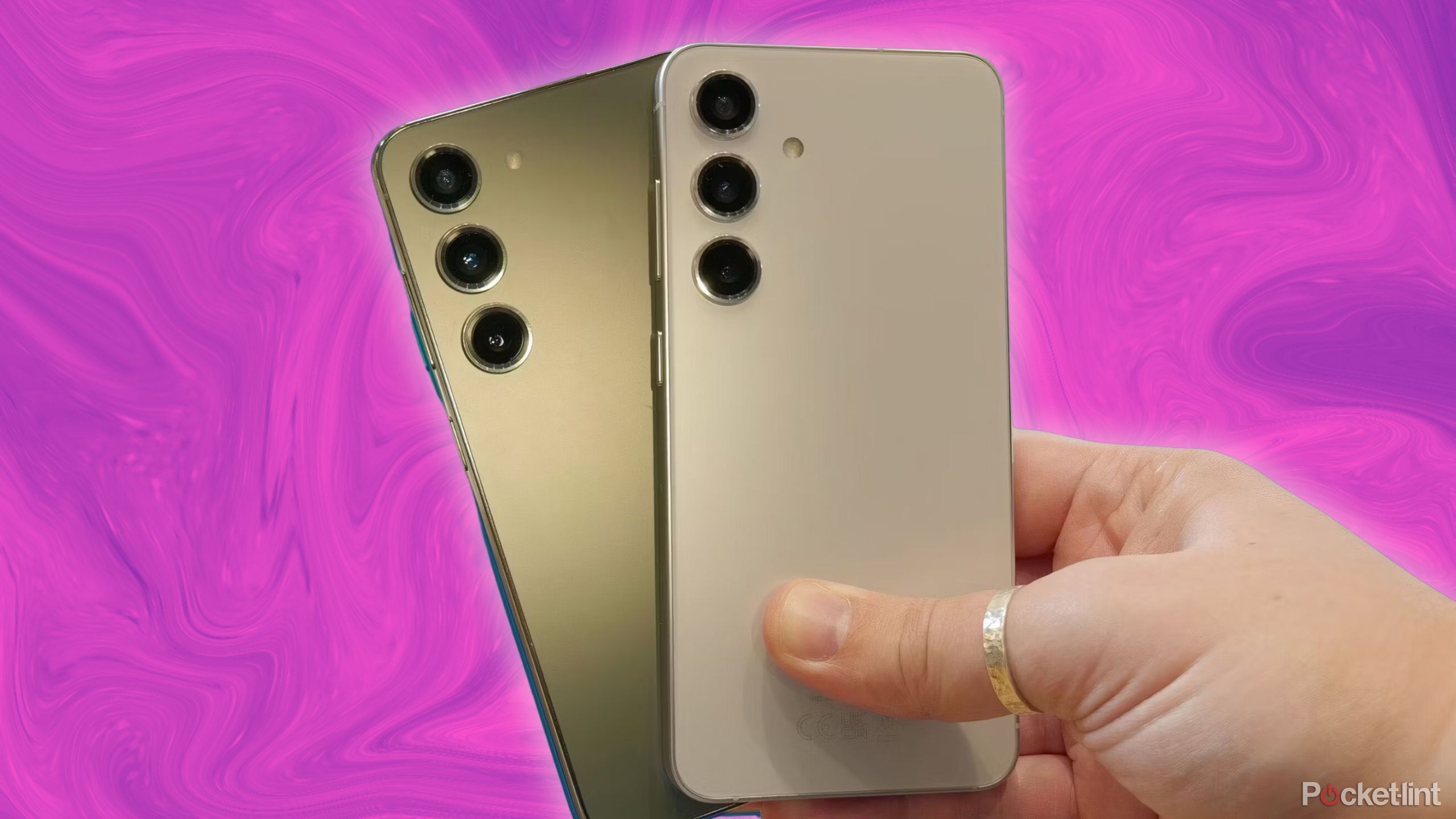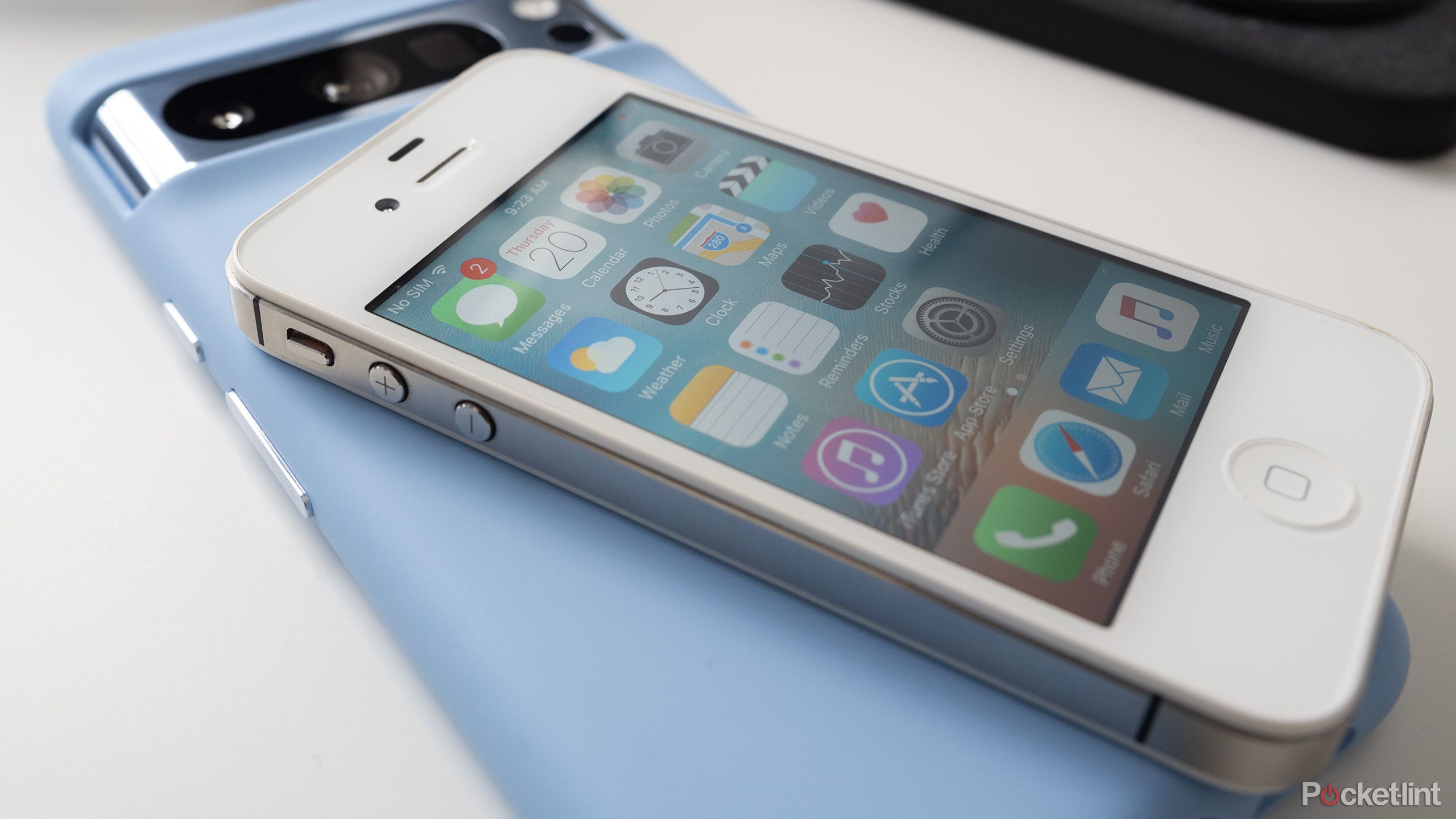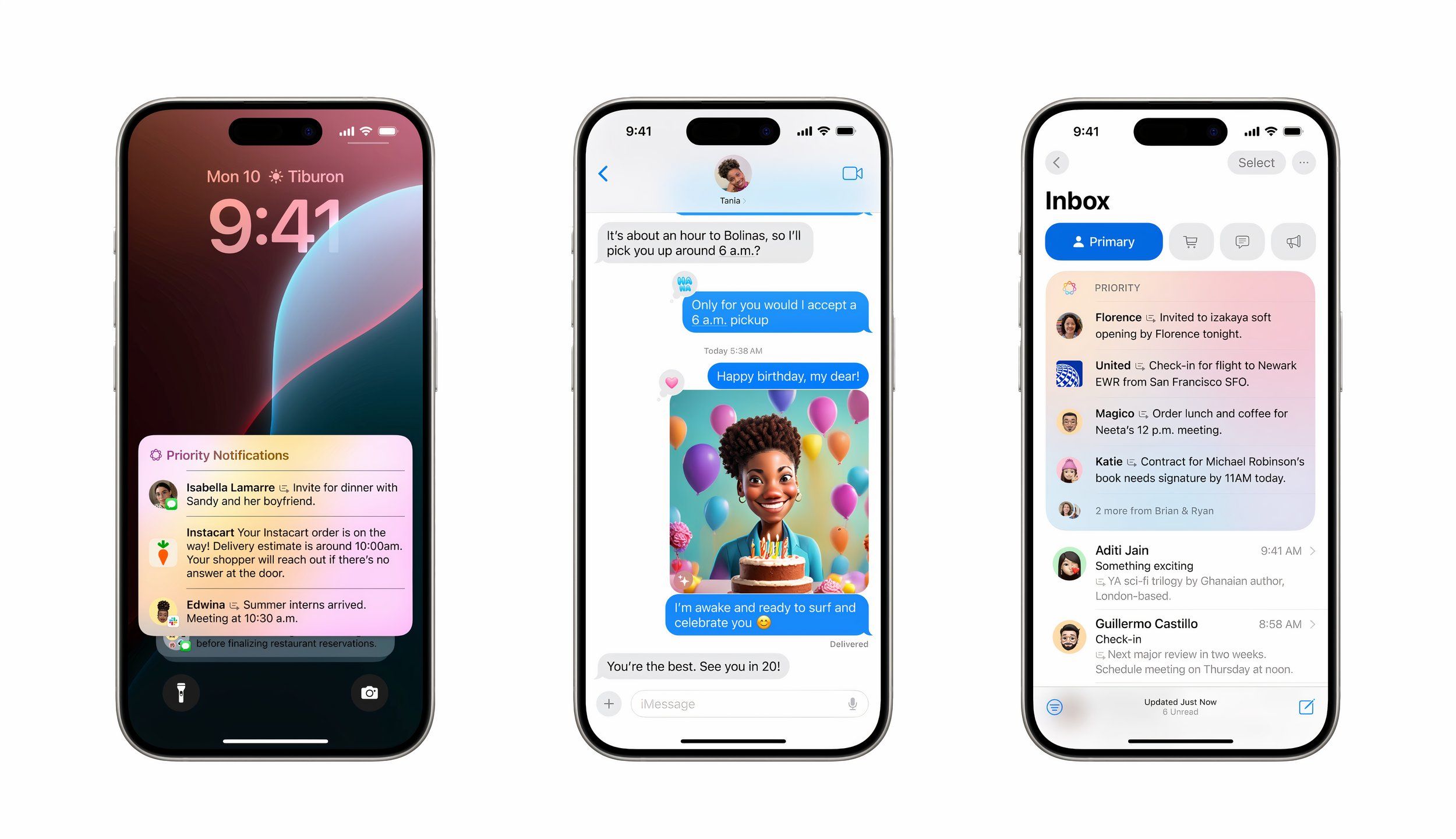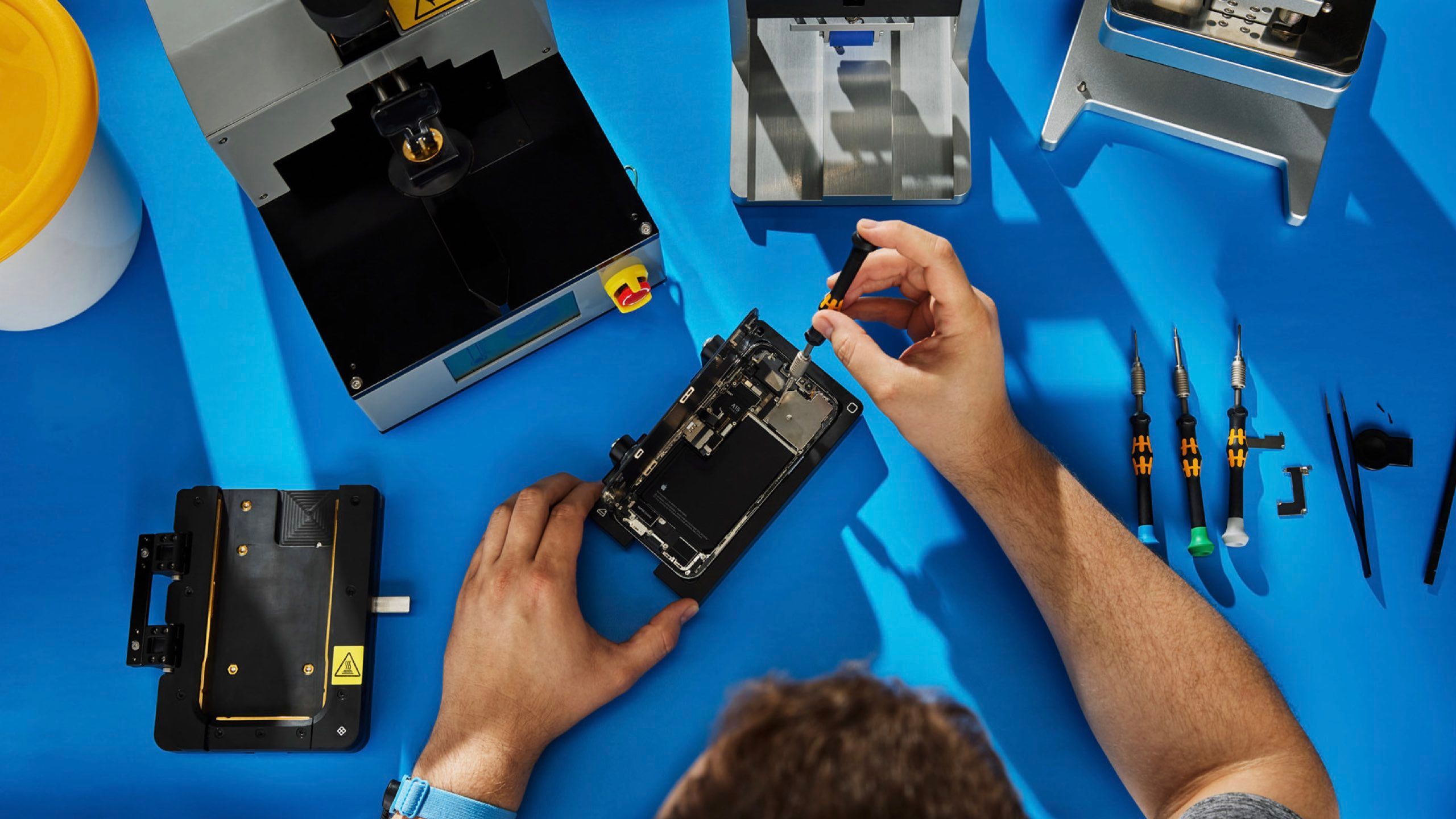Key Takeaways
- Durability is a crucial factor in smartphone design, driven by improvements in materials.
- On-device AI and battery life could have a big impact on long-term smartphone durability.
- Encouraging smartphone repairability through regulation can extend a phone’s lifespan and reduce e-waste.
Smartphones are the only computer most people use multiple times a day, every day. It’s a cliché to say they’re one of the most important pieces of technology in the 21st century, but only because it’s true. So why are we okay with getting a new phone every three to four years?
Durability is a talking point of just about every phone maker, whether they’re selling a phone that costs $500 or $1,000, and it’s an increasingly important consideration for buying a phone as prices rise. If you’re the cost of a new laptop for a smartphone, it should probably last you a while. The shift from plastic bodies to more premium glass and metal has made that easier, but there’s still a lot of room for improvement.
Whether you buy a device from Apple, Google, or Samsung, a flagship smartphone is generally going to give you a great experience. Often, other than changing how they look, it’s difficult to imagine how these phones could get better. But actually, all phones could be more durable, and not just on the outside, but on the inside, too.
Related
Best iPhone 15 cases: Rugged, MagSafe, and stylish options
The iPhone 15 feels great to hold, but that doesn’t mean you shouldn’t protect it from damage with a great case.
A durable phone should be free of scratches and cracks
Moving from plastic to metal
One of the most significant changes to happen in smartphone design is the shift from primarily plastic bodies to metal and glass. The rigid aluminum and glass constructions that are the norm for smartphones in the 2020s were not at all common in the early 2000s when smartphones first appeared. Apple’s first generation iPhone stood out because of the company’s commitment to multitouch touchscreens, but also because the phone’s smooth, primarily aluminum body gave it a premium feel other smartphones weren’t really matching at the time.
While plastic is cheap to produce and generally light, it’s not necessarily the strongest material to use to build a device that’s going to be slid in and out of pockets and bags or inevitably dropped on the ground. Switching to metal frames, on top of changing the look and feel of phones, made them stronger and more drop-resistant.
Apple and Samsung, as the two of the most popular smartphone makers, took different paths that ultimately arrived at the same place. From the first-generation iPhone, Apple shifted to the plastic iPhone 3G and 3GS, before introducing the stainless steel and glass iPhone 4 and 4s, and then hard pivoting to aluminum frames and backs on the iPhone 5, 6, and 7. Glass backs were reintroduced on the iPhone 8, and stainless steel frames reappeared on the iPhone X (and future Pro and Pro Max iPhones), before Apple finally shook things up again with a titanium and glass frame on the iPhone 15 Pro and Pro Max.

Related
From Galaxy S to Galaxy S24 Ultra, here’s a complete timeline of Samsung’s flagship phones
Here’s a look back at the development of Samsung’s flagship smartphones, from Galaxy S up to the more recent Galaxy S24.
Samsung’s first smartphone was a metal frame was the Samsung Galaxy Alpha. By the time the Samsung Galaxy S6 released, the company had settled on an aluminum and glass recipe that would become its go-to until the Galaxy S24 Ultra was introduced with a titanium frame and glass back.
The advantages of aluminum are numerous. It’s highly recyclable, which helps with environmental goals, but it’s also lightweight, which helps minimize the heft of ever-growing smartphones, while being strong and resistant to corrosion. Stainless steel is even more robust and harder to scratch and bend, alongside being heavier and more expensive. The shift to titanium is an attempt to split the difference. It’s lighter than stainless steel and twice as strong as aluminum, if more expensive than both. Hence, it’s current presence on more expensive premium and “Pro” smartphones.
Glass that doesn’t shatter
An even bigger boon to smartphone durability than metal bodies has been how much glass has changed over the last two decades. Once touchscreens were everywhere, the investment in stronger glass became necessary since the display and touch layer needed to be protected to make sure the phone still worked. The adoption of wireless and reverse wireless charging made even stronger back glass a necessity because current couldn’t effectively pass through a metal backplate.
Corning’s Gorilla Glass line has been the go-to for most flagship smartphones for over a decade now, and its development has been driven by finding the right balance between scratch resistance and drop resistance, the two biggest ways a smartphone gets damaged. Gorilla Glass Victus 2 is frequently used on the back and front of Android phones, but more recently, Corning introduced Gorilla Armor in collaboration with Samsung, which is supposed to reduce reflections on top of offering scratch and drop resistance.
Apple’s Ceramic Shield, which is similarly made in conjunction with Corning, introduces ceramic crystals into its glass mixture for even stronger protection from bumps and scratches. For the iPhone 17, the company is rumored to be using glass with a hard “anti-reflective layer” that’s also scratch resistant, which sounds like an Apple version of Gorilla Armor.
Ultimately, the change in materials (and developments in material science) have made smartphones radically more durable and damage-resistant than they used to be. Things are trending in the right direction, but a lack of cracked screens is really only part of the durability equation.
A durable phone should run faster and longer
Chips that are future-proof
Apple
With software rapidly becoming the defining feature of new smartphones, what’s going on inside a phone is just as important as the protection it has on the outside. The high-end is dominated by Qualcomm chips like the Snapdragon 8 Gen 3, and Apple’s A-series options, like the A17 Pro. These chips offer more than enough power to handle everyday tasks like browsing the web, checking email, or taking photos, and more demanding tasks like playing graphically-intensive games (both chips have GPUs that support ray tracing, for example), but what powers processing in a phone gets more complicated when AI is brought into the mix.
Galaxy AI, which includes transcription, translation, and photo editing tools, runs partially on-device and partially in the cloud. It was a launch feature of the Galaxy S24 line, but Samsung has since brought it to older phones. In contrast, Apple has decided to only offer Apple Intelligence (covering everything from email summaries to a smarter Siri) to the iPhone 15 Pro and Pro Max and M-series iPads and Macs, presumably limiting AI features to devices with more RAM.
Modern smartphones have a lot of processing headroom — that’s what makes them last for years, despite new software updates and apps — but the new focus on AI could change the calculus and threaten that.
Battery life beyond getting you through your day
Batteries are similarly critical. Most flagship smartphones get days of battery life at this point, but the long term health of their batteries is a whole other problem. Software-based battery health features can help, but ultimately there are limits in battery chemistry that have to be overcome for a phone to endure for 10 years, rather than four.
Apple is reportedly experimenting with using a new stainless steel-coated, much more energy-dense battery for the iPhone 16, which could give the device a longer battery life or allow for the same battery life in a much slimmer phone. History would suggest Apple might opt for a thinner phone, but longer battery life would translate to a more durable smartphone over time.
A durable phone should be easily repaired
Something breaking shouldn’t be the end of the story
Apple
External and internal durability are only part of the story. The other way the life of a phone can be extended is if it’s easily repaired. Unfortunately, that’s an option few smartphone makers willingly acknowledge. Both Apple and Samsung have technically loosened their stance on phone repair in the last few years, particularly self-repair, but the process is still not nearly as simple as it should be.
As of late, Samsung seems to be pulling back from self-repairs entirely, ending its partnership with well-known repair guide and replacement part provider iFixit. Ultimately, the biggest force pushing tech companies to support the repair process and make phones more repairable is regulation. Laws requiring self-repair options, and limiting more nefarious third-party repair obstacles like “parts pairing” (using software to limit what parts can be used with a device) are the best things we have. And it’s increasingly clear that having the ability not just to survive damage, but also be able to swap out a screen or battery is a great way to make a phone last even longer.
Durability is trending in the right direction
That doesn’t mean we can’t ask for more
Years and years of incremental improvements have created smartphones that are much more accident-proof than they were a decade ago, and even better at lasting longer. I rarely ever see a cracked screen at this point and I think that has everything to do with how the material design of smartphones has changed in my lifetime. That shouldn’t be a sign to stop asking for smartphones to be more durable, it should be a sign to demand for more, because there’s a good chance we could get it.
If smartphones are only going to get more expensive, they need to be worth their price, not just in what they can do right now, but how they’ll be holding up in the future. Durability can always be improved. It’s a moving target, and trying to hit it can only benefit smartphone buyers in the long term.
Trending Products

Cooler Master MasterBox Q300L Micro-ATX Tower with Magnetic Design Dust Filter, Transparent Acrylic Side Panel, Adjustable I/O & Fully Ventilated Airflow, Black (MCB-Q300L-KANN-S00)

ASUS TUF Gaming GT301 ZAKU II Edition ATX mid-Tower Compact case with Tempered Glass Side Panel, Honeycomb Front Panel, 120mm Aura Addressable RGB Fan, Headphone Hanger,360mm Radiator, Gundam Edition

ASUS TUF Gaming GT501 Mid-Tower Computer Case for up to EATX Motherboards with USB 3.0 Front Panel Cases GT501/GRY/WITH Handle

be quiet! Pure Base 500DX ATX Mid Tower PC case | ARGB | 3 Pre-Installed Pure Wings 2 Fans | Tempered Glass Window | Black | BGW37

ASUS ROG Strix Helios GX601 White Edition RGB Mid-Tower Computer Case for ATX/EATX Motherboards with tempered glass, aluminum frame, GPU braces, 420mm radiator support and Aura Sync













